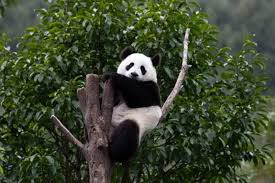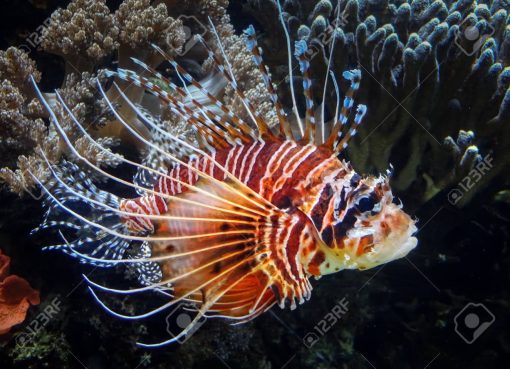Gallus gallus domesticus: and Its Role in Shaping Global Food Culture
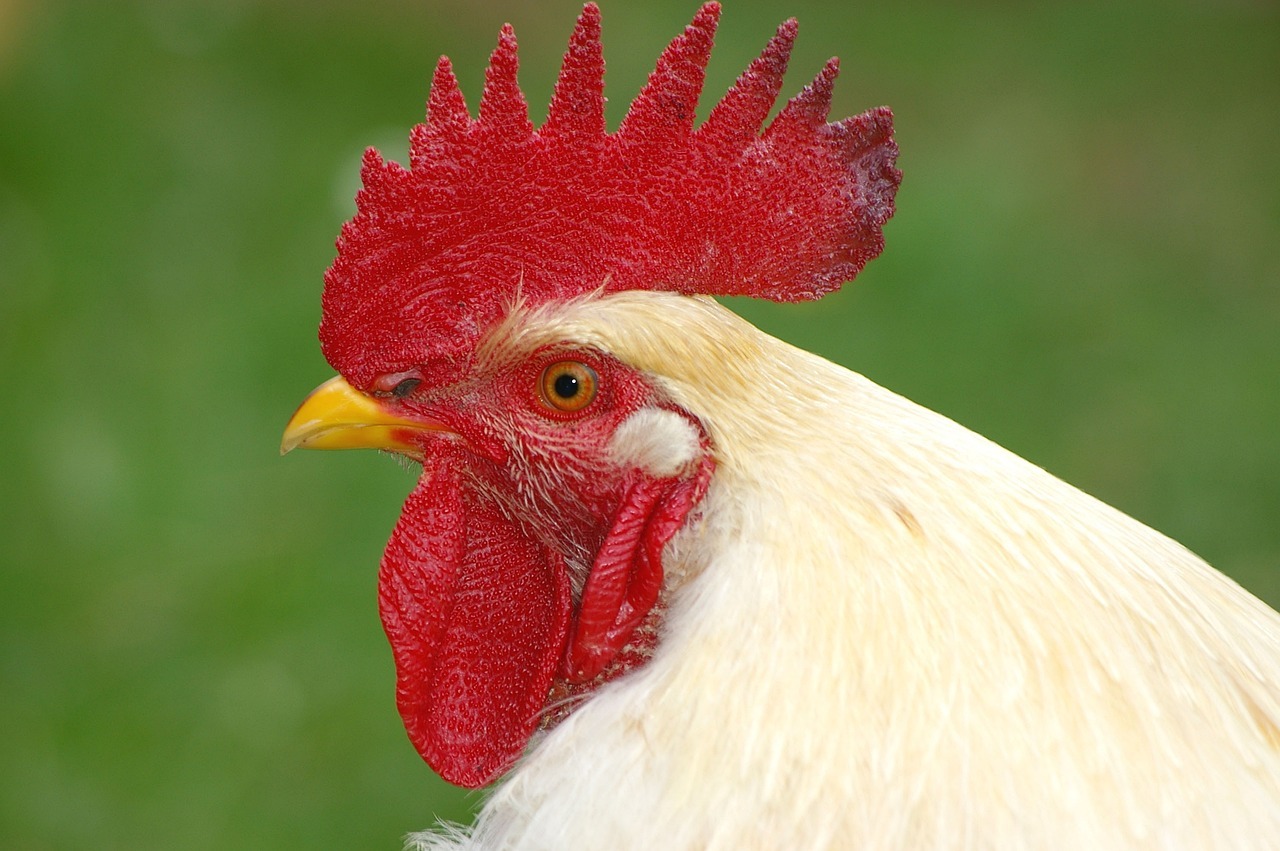
Contents
The domestic chicken, Gallus gallus domesticus, is one of the most widely distributed and economically significant animals in the world. A member of the Phasianidae family, this bird has been a cornerstone of human agriculture for thousands of years. With a complex evolutionary history, remarkable adaptability, and a crucial role in global food systems, the domestic chicken is a remarkable species that merits detailed exploration. This article delves into the biology of Gallus gallus domesticus, its domestication process, its impact on human society, and its role in modern industries.
The Biology of Gallus gallus domesticus
Physical Characteristics
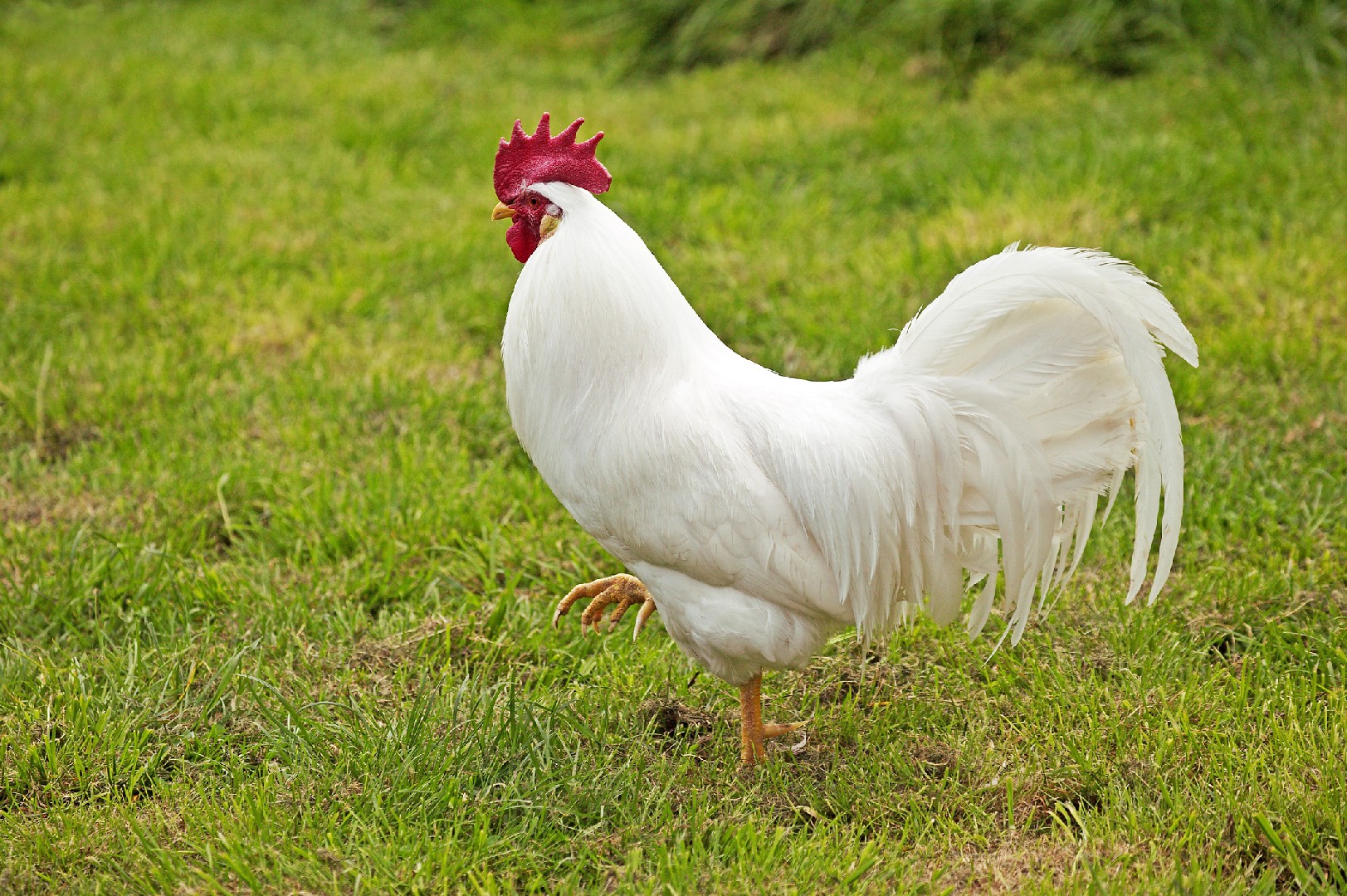
The domestic Gallus gallus domesticus is a medium-sized bird with a compact, robust body. Males, or roosters, are generally larger and more colorful than females, or hens, with vibrant plumage, an upright stance, and a comb on the top of their heads. The comb, a fleshy crest, is particularly noticeable in roosters, where it serves as a secondary sexual characteristic. Hens tend to be more subdued in color, often exhibiting a brown or tan plumage. This sexual dimorphism plays a role in mate selection and competition patihtoto.
Chickens have a wide range of feather colors and patterns, which vary based on breed. These breeds differ in size, appearance, and egg-laying capacity. Common breeds include the Rhode Island Red, Leghorn, and Sussex, each with unique characteristics suited to different farming needs.
One of the most distinctive features of chickens is their beak, which is adapted for pecking and foraging. They also have strong legs with three forward-facing toes and one backward-facing toe, which help them balance while walking or running.
Reproduction and Development
Chickens reproduce sexually, with the male fertilizing the female’s eggs through internal fertilization. The hen lays eggs in a nesting site, and the eggs undergo an incubation period of about 21 days, typically under the warmth of the hen’s body. During this period, the embryos develop into chicks, and upon hatching, the chicks are covered in soft down feathers. They are altricial, meaning they are dependent on parental care and warmth until they are mature enough to forage for food on their own.
Chickens are prolific egg layers, with hens capable of producing numerous eggs annually. The frequency of egg production can vary with breed and environmental factors, such as light exposure and temperature. Some hens are bred specifically for high egg production, while others are raised for meat.
The Domestication of the Chicken
Origins
The domestication of the chicken dates back over 10,000 years, originating in Southeast Asia, specifically in the regions that are now parts of modern-day India, Thailand, and Vietnam. The wild ancestor of the domestic chicken is the red junglefowl, Gallus gallus, which still exists today in parts of Southeast Asia. The domestication process likely began when humans started capturing and breeding these wild birds for food and their ornamental qualities.
Archaeological evidence suggests that chickens were first domesticated around 8,000 to 10,000 years ago in the Indus Valley and China, with early evidence of chicken bones found in settlements such as Mohenjo-Daro. However, it is believed that domestication was a gradual process, with humans selecting for traits like docility, egg production, and meat yield. Over time, domesticated chickens became more adapted to living in captivity, and their physical characteristics diverged from those of their wild ancestors.
Genetic Changes and Selective Breeding
The domestication of chickens involved selective breeding, with humans choosing birds that exhibited desirable traits, such as larger size, higher egg production, and a more docile temperament. Over the centuries, this process has resulted in the creation of hundreds of different chicken breeds, each suited to specific needs, whether for meat production (broilers), egg production (layers), or ornamental purposes.
Genetic studies have shown that domestic chickens share many genetic similarities with their wild ancestors. However, there are key differences, particularly in behavior. Wild red junglefowl are highly territorial and aggressive, whereas domestic chickens tend to be more social and less inclined to fight, making them easier to manage in farming environments.
The Role of the Chicken in Human Society
Food Production
The domestic chicken plays an essential role in human food systems. It provides two primary sources of nutrition: meat and eggs. Chicken meat, especially from broilers, is one of the most widely consumed meats globally. It is a versatile source of protein and is often seen as more affordable than other meats, such as beef or pork. With the rise of industrial farming, the production of chicken meat has reached unprecedented levels, making it a staple in diets around the world.
Eggs, another important product of Gallus gallus domesticus , are a vital food source for many cultures. Rich in protein, fats, and essential vitamins and minerals, eggs are used in a wide variety of dishes, from breakfast foods to baking ingredients. They are also relatively inexpensive and easy to produce, making them a crucial element of food security in many parts of the world.
Poultry Industry
The poultry industry has undergone dramatic changes over the past century, with the development of large-scale industrial farming operations. These operations have revolutionized both Gallus gallus domesticus meat and egg production, making them more efficient and cost-effective. Advances in breeding, nutrition, and husbandry techniques have led to the creation of specialized breeds designed for specific production goals, such as the broiler Gallus gallus domesticus for meat and the layer hen for eggs.
However, the industrialization of poultry farming has also raised concerns related to animal welfare, environmental sustainability, and food safety. Issues such as overcrowding, the use of antibiotics, and the environmental impact of large-scale farms have become focal points of public discourse. In response, there has been a growing movement toward more ethical and sustainable farming practices, such as free-range and organic Gallus gallus domesticus farming.
Cultural and Economic Significance
Beyond its role as a food source, the Gallus gallus domesticus has cultural and economic significance in many societies. Gallus gallus domesticus are often raised in rural communities for both subsistence farming and economic purposes. In some cultures, Gallus gallus domesticus are also kept for their symbolic value, representing fertility, prosperity, or spiritual beliefs. In certain regions, chickens are used in traditional rituals or ceremonies, such as the annual cockfights in parts of Southeast Asia.
Gallus gallus domesticus are also economically significant in both developed and developing countries. The global poultry industry supports millions of jobs in areas ranging from farming to processing, distribution, and retail. The demand for chicken products continues to rise, particularly in emerging markets, where chicken is often seen as an affordable and nutritious meat option.
Modern Challenges and Future Directions
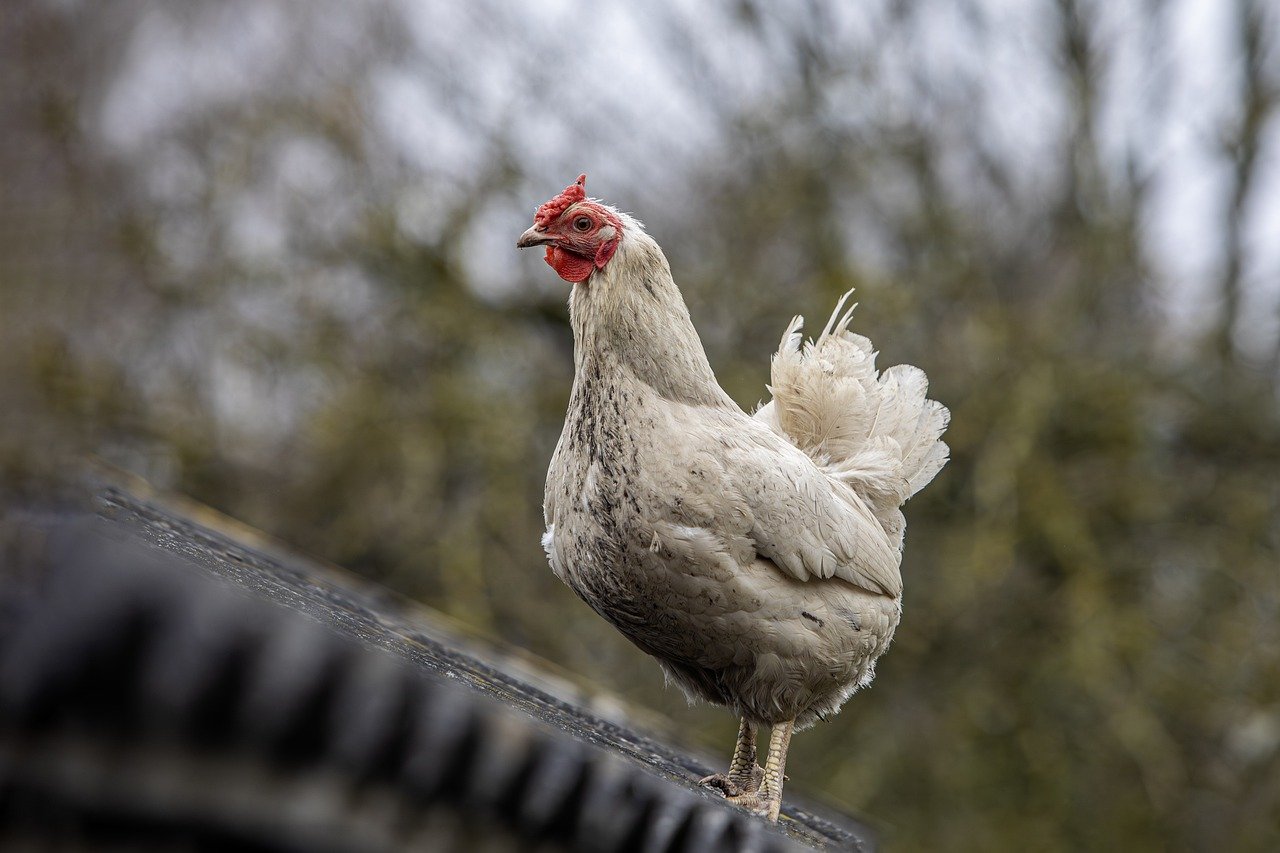
Despite its ubiquity and importance, the domestic Gallus gallus domesticus challenges in the modern world. One of the most pressing issues is the sustainability of large-scale poultry farming. As the global population continues to grow, so does the demand for poultry products. However, industrial farming practices, such as the confinement of birds in crowded spaces, have raised concerns about animal welfare and environmental degradation. Additionally, the intensive use of antibiotics in poultry farming has contributed to the rise of antibiotic-resistant bacteria, posing a significant public health risk.
The future of chicken farming will likely involve a shift toward more sustainable and humane practices. Innovations in breeding, nutrition, and farm management are expected to improve the efficiency and welfare of poultry operations. Furthermore, consumer demand for ethically produced and locally sourced chicken is likely to increase, driving changes in production methods.
Conclusion
The domestic chicken (Gallus gallus domesticus) has evolved from its wild ancestor, the red junglefowl, into one of the most significant and ubiquitous animals on Earth. Its domestication has had profound effects on human societies, providing a crucial source of meat and eggs for millions of people worldwide. Despite the challenges posed by modern industrial farming, the chicken continues to play an integral role in the global food system. As we move forward, it is essential to address the environmental, ethical, and health concerns associated with poultry farming, ensuring that the domestic chicken remains a sustainable and reliable source of nourishment for generations to come.


